
Mindfulness Practices for Educators: Integrating Mindfulness into Daily Routine
In the hustle and bustle of the education sector, where the demands are high and the stakes even higher, educators often find themselves overwhelmed and stressed. The pressure to meet curriculum standards, handle classroom dynamics, and cater to individual student needs can leave little room for personal well-being. However, amidst the chaos, there lies a powerful tool that educators can harness to navigate the challenges of their profession with grace and resilience: mindfulness.
Mindfulness, often associated with meditation and deep breathing exercises, offers a way to cultivate present-moment awareness and non-judgmental acceptance of one’s experiences. For pedagogues, integrating mindfulness into their daily routine can not only enhance their own well-being but also positively impact the learning environment and the students they serve. In this article, we’ll explore practical mindfulness practices tailored specifically for educators, offering a roadmap to incorporate mindfulness seamlessly into their professional and personal lives.
Understanding Mindfulness
Before diving into specific practices, it’s essential to understand what mindfulness truly means. At its core, mindfulness involves paying attention to the present moment with intention, curiosity, and kindness. It’s about fully engaging with whatever is happening in the here and now, without getting lost in worries about the past or the future.
For educators, mindfulness can be a game-changer. By bringing mindful awareness to their thoughts, emotions, and actions, teachers can cultivate greater emotional regulation, empathy, and resilience. They can also create a more supportive and nurturing classroom environment conducive to learning and growth.
Mindfulness Practices for Educators
- Morning Mindful Rituals: Start the day with a short mindfulness ritual to set a positive tone. This could include a brief meditation, deep breathing exercises, or simply taking a few moments to savor a cup of tea or coffee mindfully. Use this time to anchor yourself in the present moment and cultivate a sense of calm before the day begins.
- Mindful Planning: Before diving into lesson planning or administrative tasks, take a few minutes to center yourself. Close your eyes, take a few deep breaths, and set an intention for your work. Approach each task with focused attention and a sense of purpose, rather than rushing through them mindlessly.
- Mindful Transitions: Transitioning between tasks or classes can be chaotic, but it’s also an opportunity to practice mindfulness. Take a few moments between activities to pause, breathe, and reset your focus. Encourage students to do the same, fostering a culture of mindfulness and presence in the classroom.
- Mindful Listening: As educators, we spend a lot of time talking, but how often do we truly listen? Practice mindful listening during conversations with colleagues, students, and parents. Give them your full attention, without interrupting or formulating a response in your mind. Notice the nuances of their words and body language, fostering deeper connections and understanding.
- Mindful Movement: Incorporate mindful movement into your day to break up long periods of sitting and rejuvenate your body and mind. This could be as simple as taking a short walk during breaks, practicing gentle stretches, or even leading students in a brief mindfulness-based movement activity.
- Mindful Reflection: At the end of the day, take a few moments to reflect on your experiences. What went well? What challenges did you face? Approach this reflection with a sense of curiosity and self-compassion, rather than judgment. Use it as an opportunity for personal growth and learning.
- Mindful Communication: Communication is at the heart of teaching, and practicing mindfulness can greatly enhance the quality of interactions with students, parents, and colleagues. Before engaging in difficult conversations or addressing disciplinary issues, take a moment to center yourself and approach the situation with compassion and empathy. Listen attentively, speak mindfully, and strive to foster open, honest, and constructive communication channels.
- Mindful Gratitude: In the midst of busy days and challenging moments, it can be easy to lose sight of the positive aspects of teaching. Cultivate a sense of gratitude by taking time each day to reflect on what you’re thankful for. This could be as simple as appreciating a meaningful interaction with a student, the support of a colleague, or the opportunity to make a difference in young lives. Practicing gratitude regularly can shift your perspective and cultivate a sense of joy and fulfillment in your work.
- Mindful Boundary Setting: Educators often find themselves pulled in multiple directions, balancing professional responsibilities with personal obligations. Mindfulness can help you establish healthy boundaries and prioritize self-care. Learn to recognize when you’re feeling overwhelmed or stretched too thin, and give yourself permission to say no to additional tasks or commitments. By setting clear boundaries and honoring your own needs, you’ll be better equipped to show up fully present and engaged in your role as an educator.
- Mindful Self-Compassion: Teaching is a demanding profession, and it’s easy to be self-critical when things don’t go as planned. Cultivate self-compassion by treating yourself with the same kindness and understanding that you would offer to a friend facing similar challenges. Recognize that mistakes are a natural part of the learning process and an opportunity for growth. Practice self-care strategies such as self-soothing techniques, positive affirmations, and seeking support from colleagues or mentors. Remember that you are doing the best you can, and that’s more than enough.
Conclusion
Incorporating mindfulness into the daily routine of educators offers a powerful antidote to the stress and burnout that can plague the profession. By cultivating present-moment awareness, compassion, and self-care, pedagogues can enhance their well-being, effectiveness, and overall satisfaction with their work.
From morning mindful rituals to mindful self-compassion, the practices outlined in this article provide a roadmap for integrating mindfulness seamlessly into the lives of educators. Whether you’re a seasoned teacher or just starting out in the field, embracing mindfulness can transform your experience of teaching, fostering greater resilience, empathy, and joy in your work.
So, as you embark on your teaching journey or continue to navigate the challenges of the profession, remember to pause, breathe, and bring mindful awareness to each moment. Your students, your colleagues, and most importantly, yourself, will benefit from the profound impact of mindfulness on education.

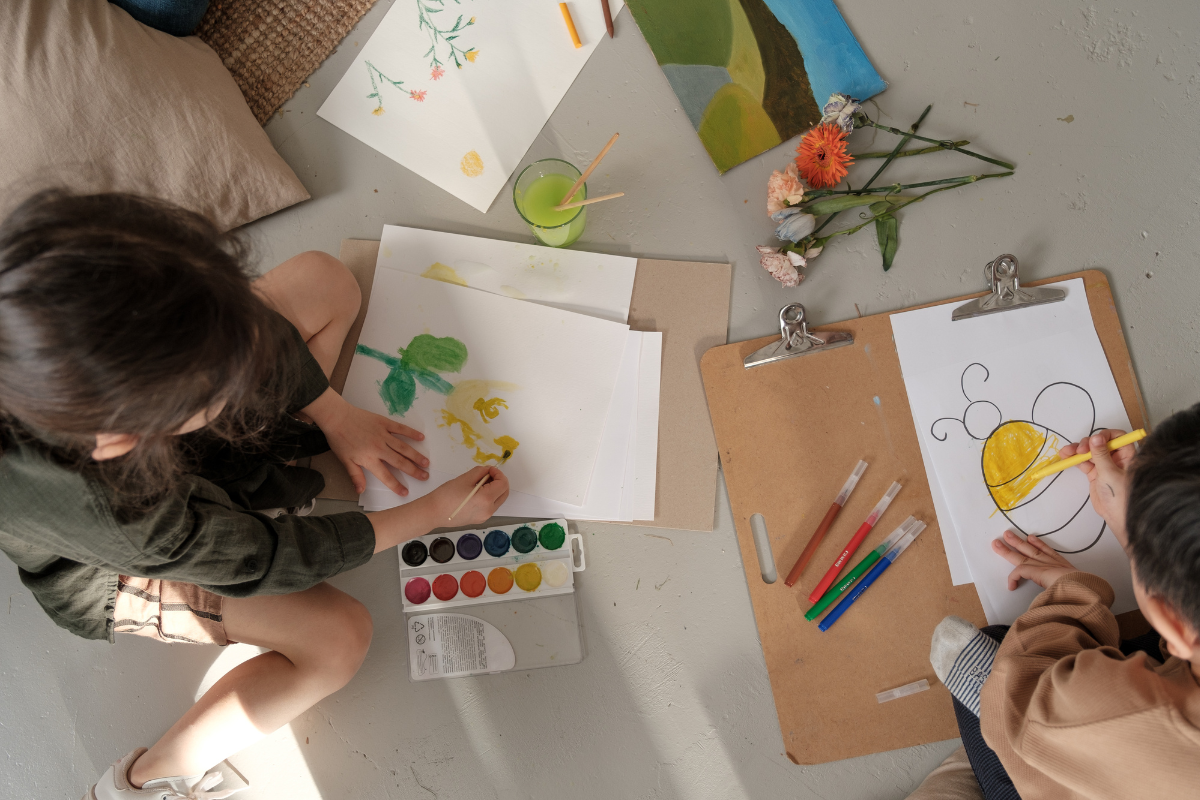
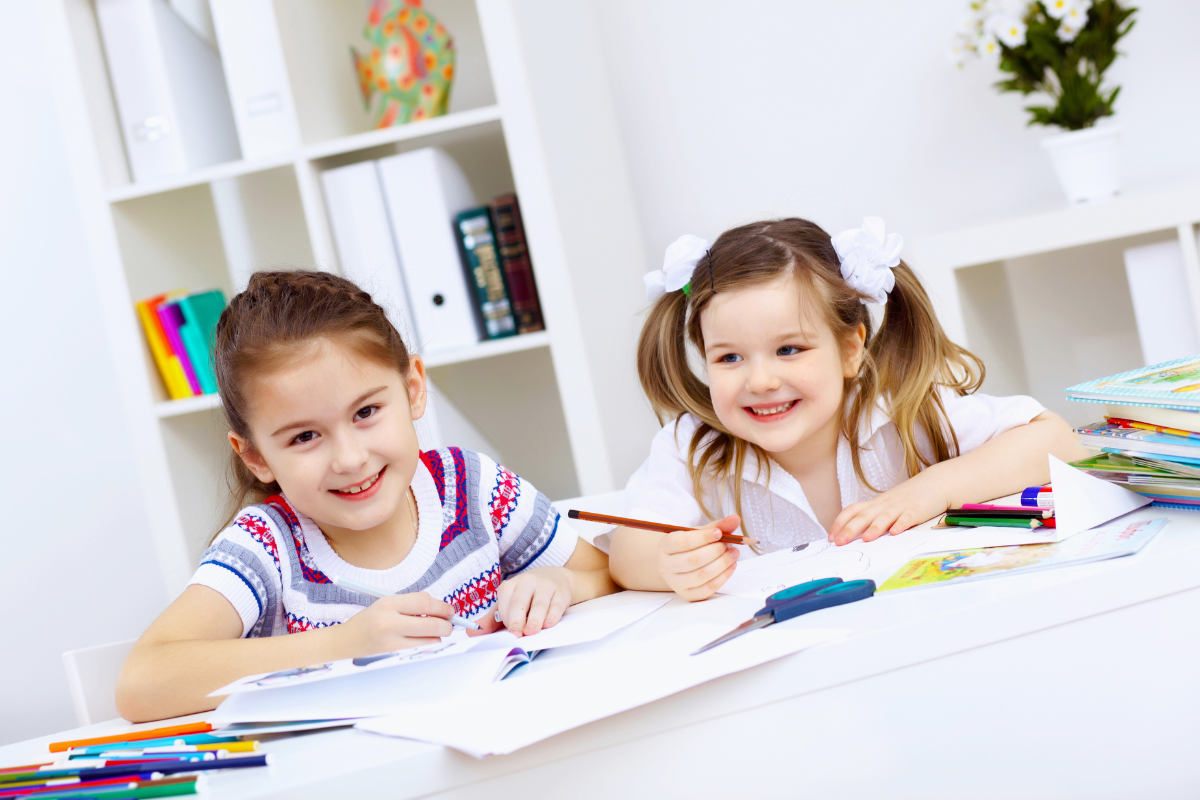


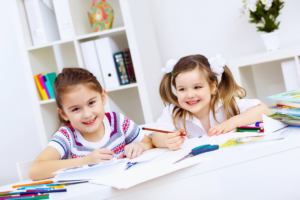
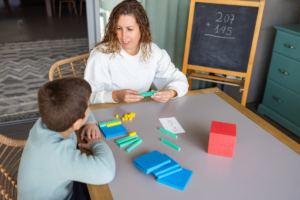
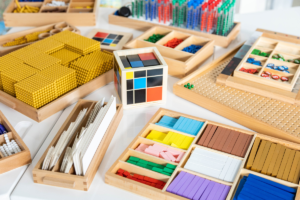






Publicar comentário